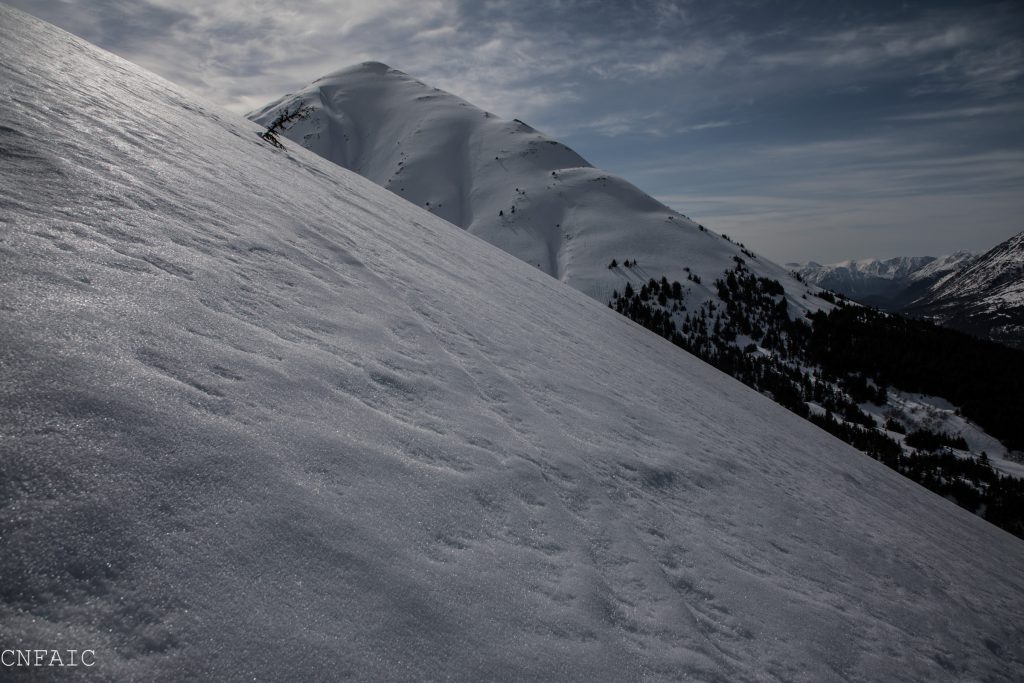Turnagain Pass
|
|
The avalanche danger is MODERATE today at all elevations. Triggering a wind slab up to 10″ thick will be possible on steep leeward features due to new snow and strong wind. Below 3000′ glide cracks may avalanche without warning in popular terrain. Plan your route to avoid traveling under existing cracks. Additionally triggering a wet loose avalanche may be possible with rain in the lower elevations if surface crusts become unsupportable. Be prepared for natural wet loose activity on solar aspects in the alpine if the sun makes an appearance today.
PORTAGE VALLEY: Summer trails with avalanche terrain overhead, such as Byron Glacier Trail, are not recommended due to the possibility of an avalanche or cornice fall sending debris over the trail.
If you’re headed to Alyeska today, bring your avalanche beacon. Backcountry Access (BCA) and Alyeska Ski Resort will have a beacon training park set up all day. Check in at any Ski Patrol station or visit the Snow Report for the location of the search park.
Are you wondering what the snowpack is like in Hatcher and Chugach State Park with all this warm spring weather? Check out Hatcher Pass Avalanche Center Saturday advisory and recent observations from Chugach State Park and consider bringing bear spray.



